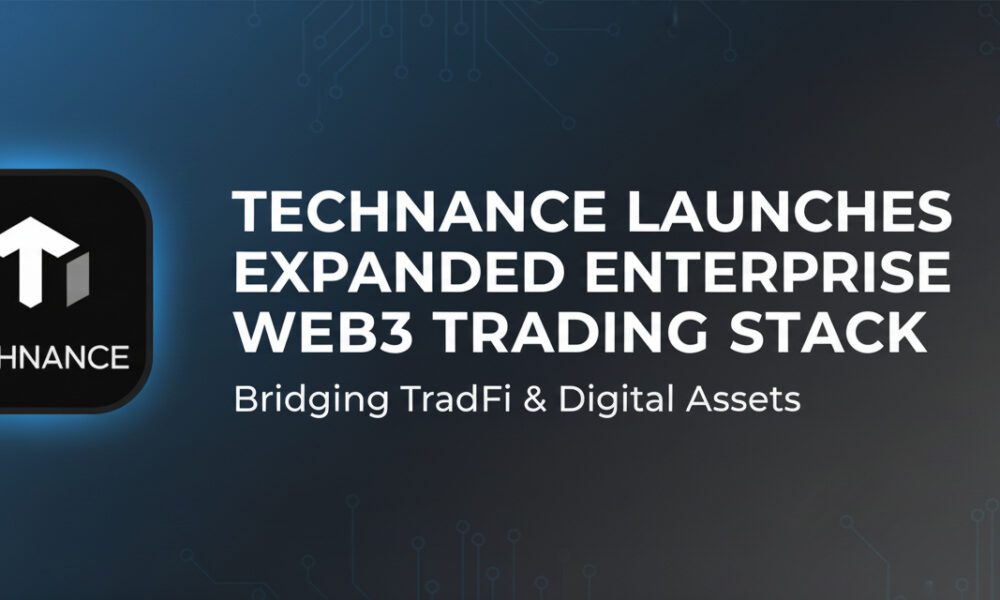Today, global trade is the backbone of economic growth. However, managing supply chains that stretch across continents is no easy feat. Disruptions caused by natural disasters, political instability, pandemics, or cyberattacks can ripple through global trade, causing delays, increased costs, and reputational damage. This is where predictive analytics comes in a powerful tool that helps businesses anticipate risks, adapt to challenges, and make smarter decisions.
What Is Predictive Analytics?
Predictive analytics uses data, statistical algorithms, and machine learning techniques to identify the likelihood of future outcomes. By analyzing historical data and current trends, it helps businesses forecast potential disruptions and devise strategies to mitigate them.
For example, a company might use predictive analytics to anticipate delays in shipping due to severe weather or geopolitical tensions. By knowing what’s coming, they can make adjustments, such as rerouting shipments or finding alternative suppliers, before a disruption occurs.
Why Is Predictive Analytics Important for Supply Chain Risk Management?
Supply chains are increasingly complex, involving multiple stakeholders, countries, and regulations. Predictive analytics simplifies this complexity by providing actionable insights. Here are some reasons why it’s a game-changer:
Early Risk Detection:
Predictive analytics helps identify risks before they escalate. For instance, if a supplier is likely to face financial trouble, businesses can prepare by sourcing from alternative suppliers.
Enhanced Decision-Making:
Data-driven insights empower businesses to make proactive decisions rather than reactive ones. This reduces the impact of disruptions and keeps operations running smoothly.
Cost Savings:
By predicting and preventing disruptions, companies can avoid expensive last-minute fixes, such as expedited shipping or emergency sourcing.
Improved Customer Satisfaction:
Delivering products on time builds trust and loyalty. Predictive analytics ensures that businesses meet customer expectations even in challenging circumstances.
How Predictive Analytics Works in Supply Chain Risk Management
Predictive analytics operates in three main stages:
Data Collection:
The process begins with gathering data from various sources, such as supplier performance, weather forecasts, political news, and shipping records.
Data Analysis:
Advanced algorithms analyze the data to identify patterns, trends, and potential risks. For instance, if a region experiences frequent port strikes, the system flags it as a high-risk area.
Actionable Insights:
The analysis generates insights, such as recommending alternative routes or suppliers, helping businesses take preventive measures.
Real-World Applications of Predictive Analytics in Global Trade
Let’s look at some practical ways businesses are using predictive analytics to manage supply chain risks:
Weather-Related Disruptions:
Shipping companies use predictive analytics to track weather patterns and avoid areas prone to storms. This minimizes delays and protects goods in transit.
Supplier Risk Management:
Retailers analyze supplier data to predict which suppliers might face issues, such as labor strikes or financial instability. This allows them to diversify their supply base.
Demand Forecasting:
By analyzing consumer trends, businesses can predict demand fluctuations and adjust inventory levels accordingly. This prevents overstocking or stockouts.
Cybersecurity Threats:
With the rise of digital supply chains, cyberattacks are a growing concern. Predictive analytics helps detect vulnerabilities and prevent breaches.
Geopolitical Risks:
Companies monitor political developments to anticipate trade restrictions or tariffs. This helps them adapt their strategies to maintain profitability.
Benefits of Predictive Analytics for Youth in Business
For young entrepreneurs and professionals, understanding predictive analytics can open doors to innovation and success. Here’s why it matters:
Competitive Edge:
Mastering predictive analytics gives you a strategic advantage, allowing you to outsmart competitors by staying ahead of risks.
Career Opportunities:
As businesses increasingly adopt predictive analytics, demand for skilled professionals in this field is on the rise.
Global Impact:
By using predictive analytics, you can contribute to creating more resilient and sustainable supply chains, benefiting communities worldwide.
Challenges and How to Overcome Them
While predictive analytics offers immense potential, it’s not without challenges:
Data Quality:
Poor-quality data can lead to inaccurate predictions. Businesses must invest in robust data collection and cleaning processes.
Technology Costs:
Implementing predictive analytics tools can be expensive. However, affordable cloud-based solutions are now available for smaller businesses.
Skill Gap:
Not everyone is familiar with predictive analytics. Training and upskilling programs can help bridge this gap.
The Future of Predictive Analytics in Supply Chain Management
As technology evolves, predictive analytics will become even more sophisticated. Integration with artificial intelligence (AI) and blockchain technology will enhance accuracy and transparency, further revolutionizing supply chain risk management.
For instance, AI can improve predictive models by learning from new data, while blockchain ensures secure and transparent data sharing among stakeholders.
Conclusion
Predictive analytics is no longer a luxury it’s a necessity for managing the complexities of global trade. By leveraging this technology, businesses can anticipate risks, adapt to changes, and build resilient supply chains. For young professionals, understanding and embracing predictive analytics can be a stepping stone to success in the modern business world.



































